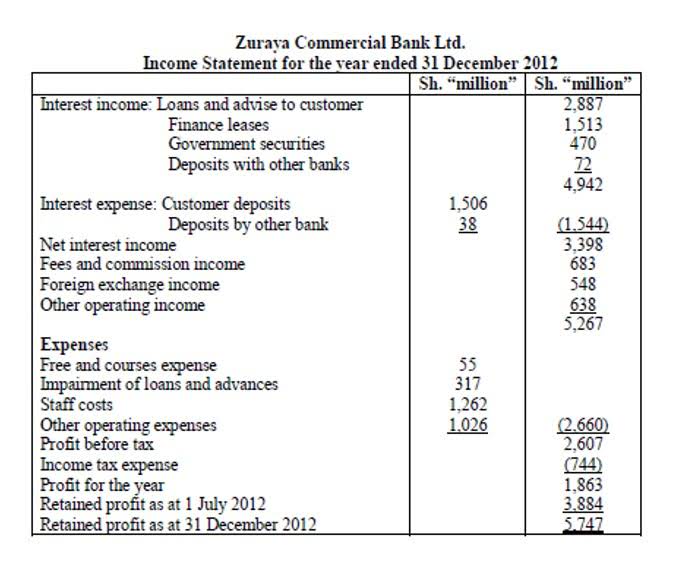What Is the Operating Cycle and How to Calculate it? Unlock Your Business’s Financial Health

However, for simplicity of demonstrations in this chapter, we will round to the nearest whole dollar. The equipment was recorded as a plant and equipment asset because it has an estimated useful life greater than 1 year. Assume its actual useful life is 10 years (120 months) and the equipment is estimated to be worth $0 at the end of its useful life (residual value of $0). After posting the adjustment, the $100 remaining balance in unearned repair revenue ($400 – $300) represents the amount at the end of January that will be earned in the future. LO1 – Explain how the timeliness, matching, and recognition GAAP require the recording of adjusting entries.
How to improve the operating cycle?

Cash is used for procurement of raw materials and stores items and for payment of operating expenses, then converted into work-in-progress, then to finished goods. Inventory management, sales realization, and payables are the three metrics that affect the CCC. Beyond the monetary value involved, CCC accounts for the time involved in these processes Sales Forecasting and provides another view of the company’s operating efficiency. The first stage focuses on how long the business takes to sell its inventory.
- It is the task of Finance manager to manage the operating cycle effectively and efficiently.
- The operating cycle is a critical concept within the realm of business management that reveals how effectively a company transforms its inventory into cash.
- An optimal cash conversion cycle can help the business run its operations smoothly and can also positively impact the profit and earnings of a business.
- Cash is used for procurement of raw materials and stores items and for payment of operating expenses, then converted into work-in-progress, then to finished goods.
- In reality, understanding this financial concept is crucial for businesses of all sizes, whether they are startups or established enterprises.
- One of the key aspects of managing the operating cycle is to optimize the duration of each stage, from purchasing inventory to collecting cash from sales.
What is the Cash Conversion Cycle?
The business desires to maintain a shorter operating cycle as invested money in the business operations cost money in terms of opportunity cost/finance cost. Further, the business can improve its cash operating cycle by reducing the inventory holding period and enhancing the efficiency of the business collection function. The cash operating cycle of a business is the length of time between payment of purchase of raw materials, paying wages and other expenditures to the inflow it receives from the sale of these goods. In other word, it is the period of time which elapses between the points at which cash begins to be expended on the production of a product and the collection of cash from its customer.
Inventory period
The operating cycle formula can compare companies in the same industry or conduct trend analysis to assess their performance across the years. A comparison of a company’s cash cycle to its competitors can be helpful to determine if the company is operating normally vis-à-vis other players in the industry. Also, comparing a company’s current operating cycle to its previous year can help conclude whether its operations are on the path of improvement or not. Days Sales of Inventory (DSI) is a crucial metric that measures how quickly your company turns its inventory into sales. A shorter DSI indicates efficient inventory turnover, which is essential for cash flow and reducing carrying costs.
Establish a Stronger Credit Policy

Operating cycle of working capital refers to the total number of working days that a business takes to buy inventory, sell it off, and then collect the proceedings from the sale. The Operating Cycle tracks the number of days between the initial date of inventory purchase and the receipt of cash payment from customer credit purchases. If you’re new to the world of finance or business, the concept of an operating cycle might seem a bit puzzling. You might have noticed that businesses talk about their operating cycle differently, depending on their industry or size, adding to the confusion. The Operating net cycle (NOC) refers to the period between paying for inventory and cash collected through the sale of receivables. The operating cycle is also known as the cash-to-cash cycle, the net operating cycle, and the cash conversion cycle.
- Some cash flows are more closely related to the core operations of the business, while others are more dependent on external factors such as financing and investing activities.
- In the next step, we will calculate DSO by dividing the average A/R balance by the current period revenue and multiplying it by 365.
- Essentially this is an interest free way to finance their operations by borrowing from their suppliers.
- It allows companies to meet their obligations without stress and supports overall business success.
- Save time and effort with our easy-to-use templates, built by industry leaders.
- Working capital management takes a broader approach, optimizing the balance between assets and liabilities.
- Because plant and equipment assets are useful for more than one accounting period, their cost must be spread over the time they are used.
The raw materials are processed and converted to finished goods which are sold to customers. The number of days it takes a company to sell the inventories is called days inventories outstanding. Inventories are predominantly sold on credit which means the company must wait a certain number of days till it receives cash from customers. The time it takes in collecting receivables on average is called the days sales outstanding. The operating cycle, often referred to as the cash conversion cycle, is a fundamental concept in financial management.

What is an operating cycle and why is it important?
The first way in which a business can improve its cash operating cycle is to improve the efficiency of its processes. If there are inefficiencies within the processes of the business, then it is going to take a long time for the business to convert its raw materials into finished goods. Therefore, to decrease the inventory days, the business must make its processes efficient.
Analyzing the Operating Cycle and Cash Cycle in Businesses
- A positive cash flow means that the business has more money coming in than going out, while a negative cash flow means the opposite.
- Cash cycles are expected to be shorter when an operating cycle is shorter and vice versa.
- Note that the Dividend account is not closed to the Income Summary account because dividends is not an income statement account.
- This process requires open communication and transparency, which not only fosters trust but also positions your business as a reliable partner.
- When the operating cycle is long, there are high chances of the company failing to pay adequately.
- The creation of debtors due to credit sales is another important aspect related to the operating cycle.
Let’s imagine that Robert is a pastry shop owner who is attempting to gauge how efficiently things are going in his business. He will have to determine the operational cycle of his business to accomplish operating cycle this. This indicates that the cycle would begin as soon as he starts paying for the items, supplies, and components necessary to manufacture different cakes and delicacies. The operational cycle of his pastry shop will not be complete unless all of his baked items have been purchased by consumers and he receives the complete payment. A cash cycle shows the businesses how they may control their working capital. In contrast, an operating cycle assesses the effectiveness of the operations, yet they are both beneficial and offer essential knowledge.

Hence, the business needs to manage between the profitability and liquidity perspective. fixed assets So, the effectiveness of the cash flow function is measured by both operating and cash cycles. Further, tracking a business’s operating and cash cycle over several years can be a valuable tool for assessing its financial health. A higher, or quicker, inventory turnover decreases the cash conversion cycle. Thus, a better inventory turnover is a positive for the CCC and a company’s overall efficiency. The cash conversion cycle has a selective application to different industrial sectors based on the nature of business operations.

